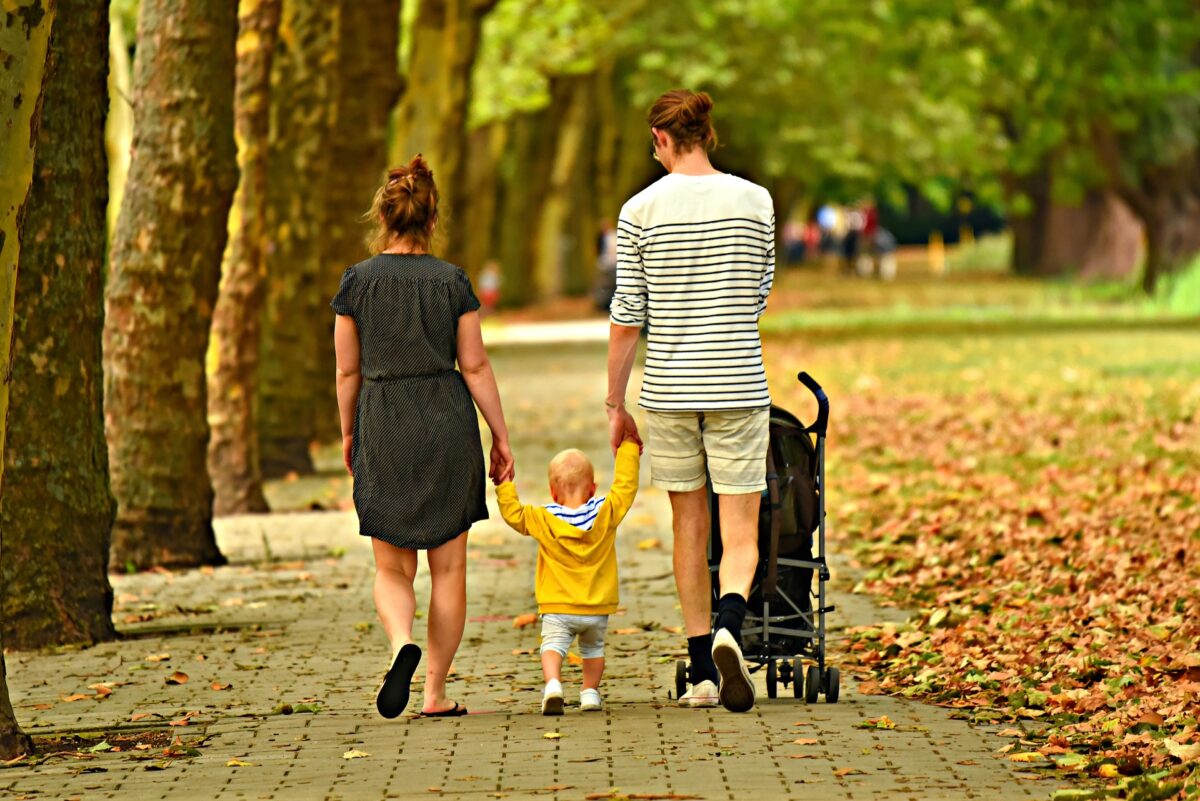Medical studies show that certain urban designs promote healthy lifestyles among Quebecers. Would you like your environment to help you adopt healthy lifestyle habits? Here are the commitments you should ask your candidates to make:
Keep me in shape
(How to help me get my 30 minutes of physical activity or my 10,000 steps per day as recommended by my doctor)
Commitment 2
Improve public transportation services
Transit riders are four times more likely to walk the 10,000 steps/day recommended by their doctor than motorists. 1
Targets
- Target 1: In urban centers, aim for every citizen to live within 500 m of a transit stop. 2
Commitment 3
Expand cycling networks
People who commute by bicycle get more exercise than motorists; they weigh on average 4 kg less than motorists.5 The presence of trees, urban woodlots and other natural features, the safety of the routes and their interconnectedness encourage transportation by bicycle. 6 7
Targets
Commitment 4
Expand pedestrian networks (sidewalks, trails, pedestrian streets)
Attractive, tree-lined, 10 comfortable, safe, continuous, interconnected pedestrian networks with destinations of interest in a dense urban fabric encourage walking.11 Moving to such neighborhoods can increase the amount of time you spend walking by 59%, just for fun! 12
Targets
- Target 6: Aim to have a pedestrian route (sidewalk or marked pedestrian space) in front of every residence in the urban environment. 13 14
- Target 7: Improve the comfort and attractiveness of pedestrian routes by providing trees, shelters, street furniture, public toilets, water fountains, dog waste dispensers, etc., and map out locations of toilets and water fountains. 15
Commitment 5
Develop a city of short distances
The location of services (grocery store, pharmacy, community centers, etc.) near citizens encourages walking and cycling. 16 17
Target
- Target 8: In urban centers, aim for all citizens to reside in a neighborhood with a Walk Score (www.walkscore.com) of at least 70 out of 100. 18
Commitment 6
Develop interconnected green spaces close to citizens
The presence of green spaces near citizens encourages physical activity. 19 Good-sized green spaces encourage 30 minutes of physical activity per day in 2 to 2.5 km routes. 20 Their interconnectedness increases biodiversity, which in turn attracts people to walk to discover it. 21 People who spend 2 to 3 hours per week in green spaces report better health and well-being. 22
Targets
- Target 9: Aim for every citizen to live within 300 m of at least 0.5 to 1 hectare of green space. 23
- Target 10: Aim to have at least 12% of the land within the urbanized area and at least 17% of the total land area protected as natural areas by 2030. 24
- Target 11: Aim to have all-natural areas, green spaces and waterfront parks interconnected by naturalized corridors, the simplest expression of which would be tree-lined streets.
- Target 12: Aim to substantially increase public access to lakes and rivers for waterfront cities.
Commitment 7
Take on our winter by promoting walking, cycling and the use of green spaces in all seasons
Canadians are less physically active in the winter than in the summer. In winter, 64% of Canadians are inactive. 25 However, we are 3.5 times more likely to be healthy if we visit a park at least once a month in winter. 26
Targets
- Target 13: Clear snow and maintain all sidewalks, pedestrian links, bike paths, park trails and street furniture clear of snow and ice during the winter months.
- Target 14: Keep public washrooms open during the winter months.
Commitment 8
Secure pedestrian and bicycle networks
In 2019, more than 300 Quebecers died in road accidents and more than 30,000 were injured. 23% of the deaths were pedestrians or cyclists. 27 A sense of safety encourages people to walk and cycle. 28 29 Narrowing the width of the roadway30 and the visual field of motorists, for example, through a canopy of trees, encourages them to slow down. 31
Targets
- Target 15: Achieve Vision Zero (road deaths and serious injuries). 32
- Target 16: Construct automobile lanes no wider than 3 m in urban areas on streets with an annual average daily traffic flow of less than 12,000 vehicles. 33
- Target 17: Provide curb extensions at intersections and tree canopy at accident-prone locations.
- Target 18: Reduce the speed limit in residential neighborhoods to 30 km/hr. 34
- Target 19: Secure bike lanes through recognized means35 and regular maintenance.
Healthy eating for me and my family
Commitment 9
Promote the availability of healthy food in my neighborhood
45.5% of Quebec’s population lives in areas with poor access to grocery stores.36
Target
- Target 20: Plan to produce 25% of the municipality’s fruit and vegetable needs within the urban perimeter, similar to Toronto. 37
Commitment 10
Protect Quebec’s food autonomy
There is only 2% of cultivable land in Quebec. 38
Targets
- Target 21: Protect all agricultural land within my municipality.
- Target 22: Implement a greenbelt around my municipality to limit urban sprawl on agroforestry lands.
Always think about my health when doing projects in my neighborhood
Commitment 11
Conduct a health impact assessment39 on significant projects in a living environment
The way a neighborhood is developed has a major impact on the health of residents and health care costs.
Targets
- Target 23: Conduct a health impact assessment for any significant project in my neighborhood such as the extension or addition of a roadway, the destruction of a green space, the massive cutting of urban trees, the installation or expansion of a polluting industry, etc.
- Target 24: Choose design options that support my well-being and health and reduce health care costs.
- Target 25: Inform the public about the features and benefits of healthy urban design.

